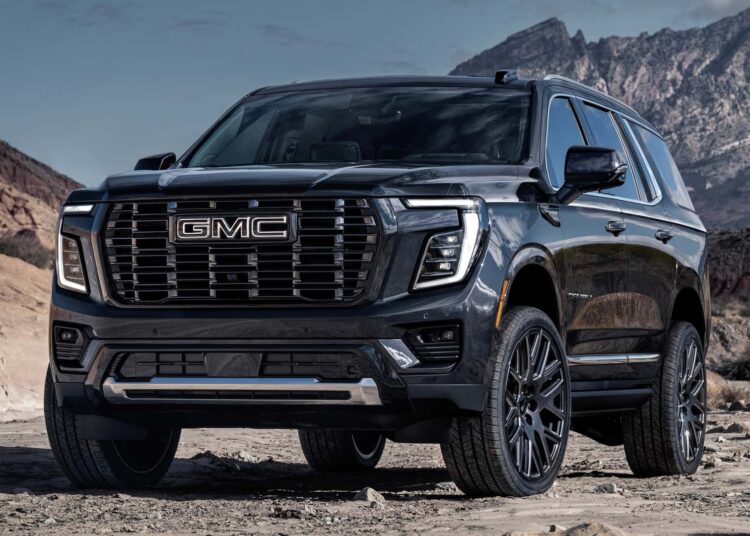The Insurance Institute for Highway Safety (IIHS) crunched the numbers. It turns out bigger, heavier vehicles don’t always keep you safer in a crash. They can, however, make you more deadly to other drivers on the road. It all depends on whether a vehicle is heavier or lighter than the average car.
In the IIHS study, researchers averaged the weight of their sample 2017-2022 vehicles, which came out to 4,000 pounds. For every additional 500 pounds of curb weight above that, crashes between an SUV or truck and a car resulted in one fewer death per million registered vehicle years in heavier models—or, hardly any change. However, the extra weight accounted for up to seven additional deaths in cars.
The study also found that cars and SUVs weighing less than 4,000 pounds would benefit from some extra poundage. Getting as close as possible to the average weight can result in 17 fewer deaths in car-to-car crashes and 13 fewer in SUV-to-car crashes. But for anything over 4,000 pounds, there’s “hardly any” decrease in risk for occupants, according to the IIHS. So basically: the closer to the average weight, the better.
“There’s nothing magical about 4,000 pounds except that it’s the average weight,” Sam Monfort, lead author of the study, said in a statement. “Vehicles that are heavier than average are more likely to crash into vehicles lighter than themselves, while the reverse is true for vehicles that are lighter than average. What this analysis shows is that choosing an extra-heavy vehicle doesn’t make you any safer, but it makes you a bigger danger to other people.”
The death disparity between cars, trucks, and SUVs is falling. In 2011-2016, occupants in a car were 90 percent more likely to die in a crash with an SUV weighing more than 5,000 pounds. That dropped to 20 percent from 2017-2022 after the IIHS and automakers worked together to align the crash structures of larger trucks, SUVs, and smaller coupes and sedans.
“For American drivers, the conventional wisdom is that if bigger is safer, even bigger must be safer still,” IIHS President David Harkey said in a statement. “These results show that isn’t true today. Not for people in other cars. And—this is important—not for the occupants of the large vehicles themselves.”
Read the full article here



























Discussion about this post